Before we had tablets, video games, and apps on cell phones, it was quite common in Yucatán to see children playing Tinjoroch, which consists of twirling a flattened metal bottle cap on a string; Kimbomba, similar to baseball; and Chácara (hopscotch), yoyo, among others.
The Maya played some of these traditional games before the arrival of the Spanish, and they have passed them down from generation to generation until today. Usually handmade, out of wood or other materials, they stimulate children’s creativity and imagination. However, they have been getting lost among the new generations. But we have good news: it is possible to learn to play them, and better yet, to make them. You only need a little skill and a few easy-to-get materials.
Tinjoroch
For Tinjoroch you need a flattened metal bottle cap or a thin wooden disk, and a string made of henequén or anything strong. First, you make two holes in the middle of the disk or bottle cap and thread the string through. The fun begins when teams of two to five people spin the Tinjoroch at the same time. The winner is whoever can keep the bottle cap spinning longest. Wouldn’t you like to try it?
Kimbomba
Is a bit more elaborate and you’ll love it if you are a baseball fan. You need two pieces of wood: one is a bat 2 to 3 cm wide and 20 cm long; the other is 10 cm long with a cone shape at both ends. Two teams are formed, and a 15 cm x 15 cm square is drawn on the floor with a circle around it. The cone-shaped piece is placed on the square and is hit with the bat, trying to bounce it into the air and then hit it again so that it will fly as far as possible. The team with the most batting points wins.
![elicita-avioncito-by-yucatan-today-2]() Chácara or Avioncito
Chácara or Avioncito
Consists of drawing squares on the floor from 1 to 10, just like in hopscotch; the number 10 space is considered “heaven” and is in the shape of a big circle. Players toss a stone onto the numbers and hop into each square until completing the whole cycle.
These recreational activities demonstrate a cultural heritage that is still found in Maya communities, showing that it is possible to entertain yourself with simple elements and a lot of imagination.
Above all, the techniques to learn for the making of the Kimbombas or to spin the Tinjoroch are invaluable and create an excellent opportunity for parents and children to have fun together.
YouTube:

Author: Violeta H. Cantarell
“Meridana,” traveler, animal lover, passionate reader, commentator, and enthusiastic promoter of the natural and human beauty of Yucatán.
¡Receive the latest articles and much more from the best of Yucatán in your email!
Related articles
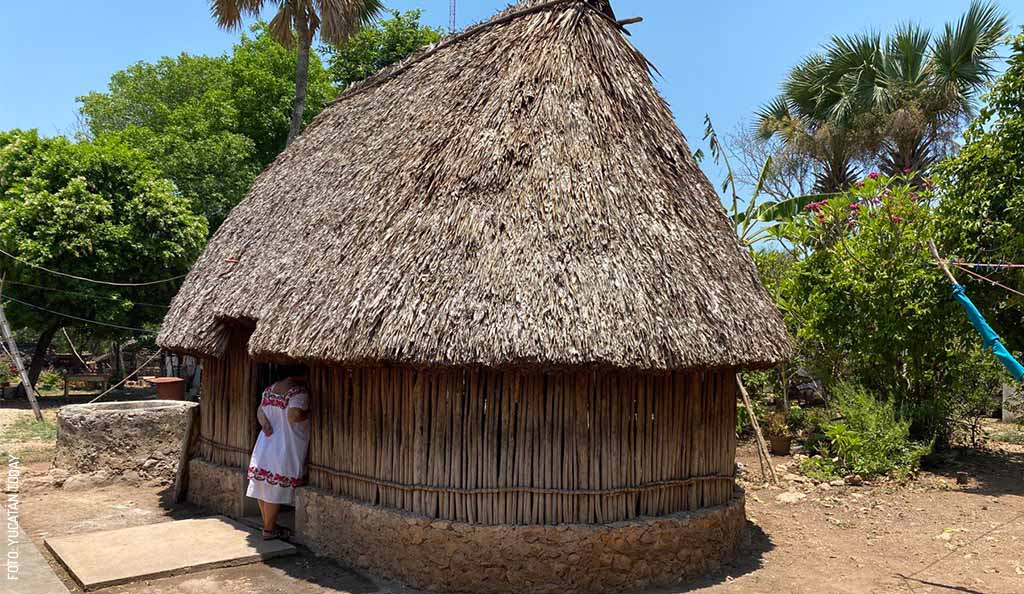
The Traditional Maya House
Learn the art of building a traditional Maya house with sustainable materials and ancient techniques in Yucatán.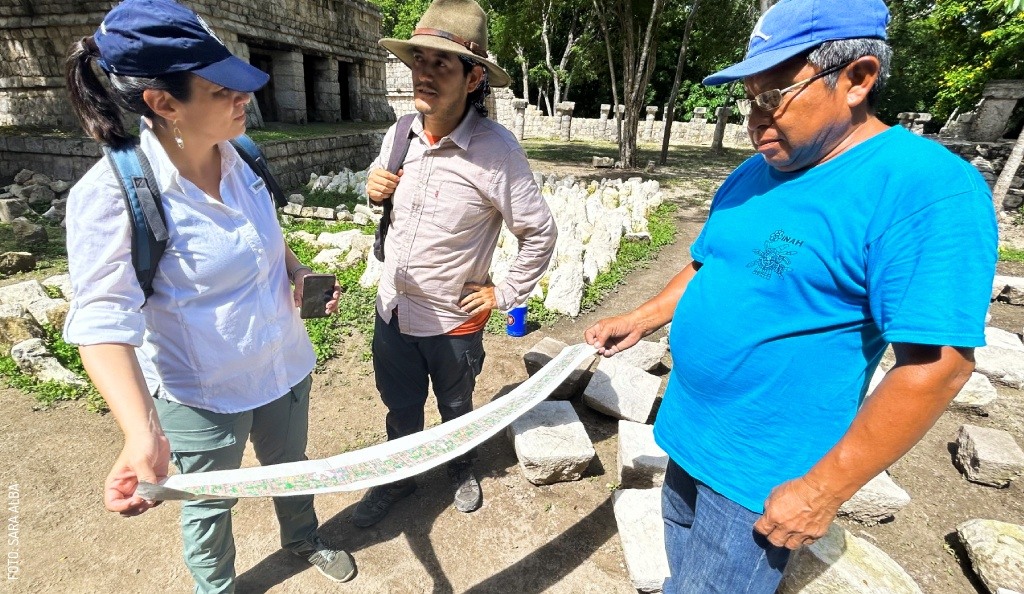
Restoration and Conservation: The 'Invisible' Side of Archaeology
In Mexico and Yucatán, restoration is one of the most important tasks. Discover the science and knowledge behind impressive discoveries.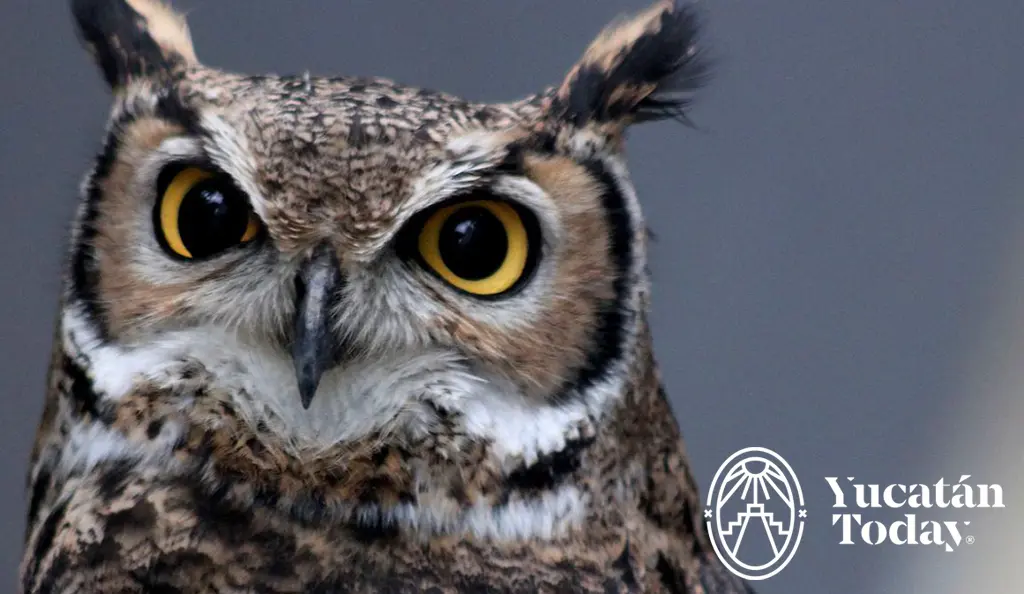



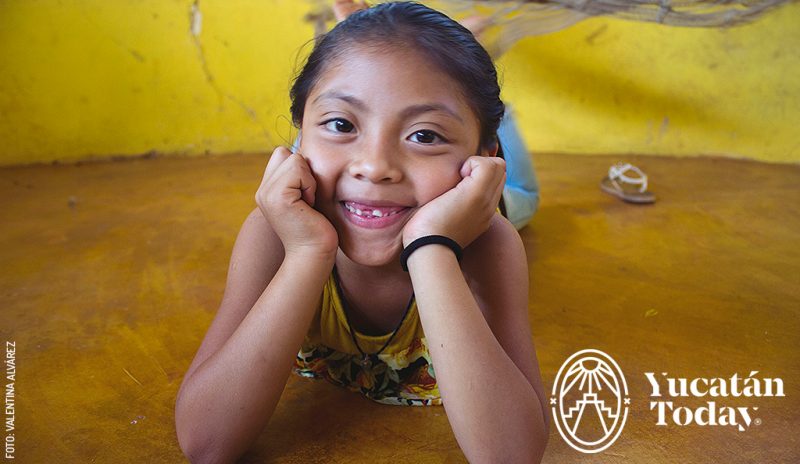
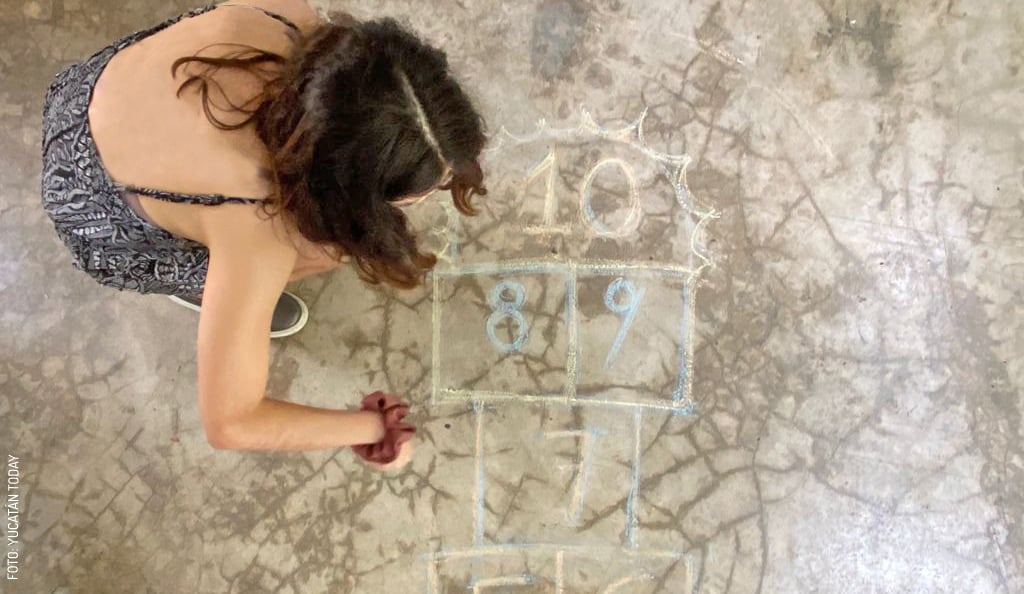 Chácara or Avioncito
Chácara or Avioncito